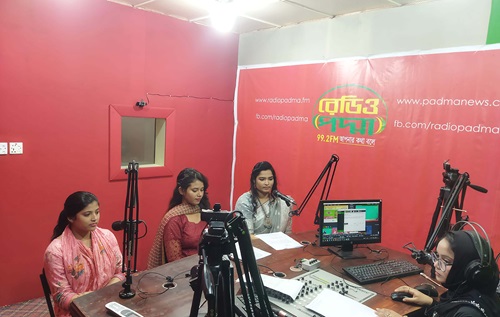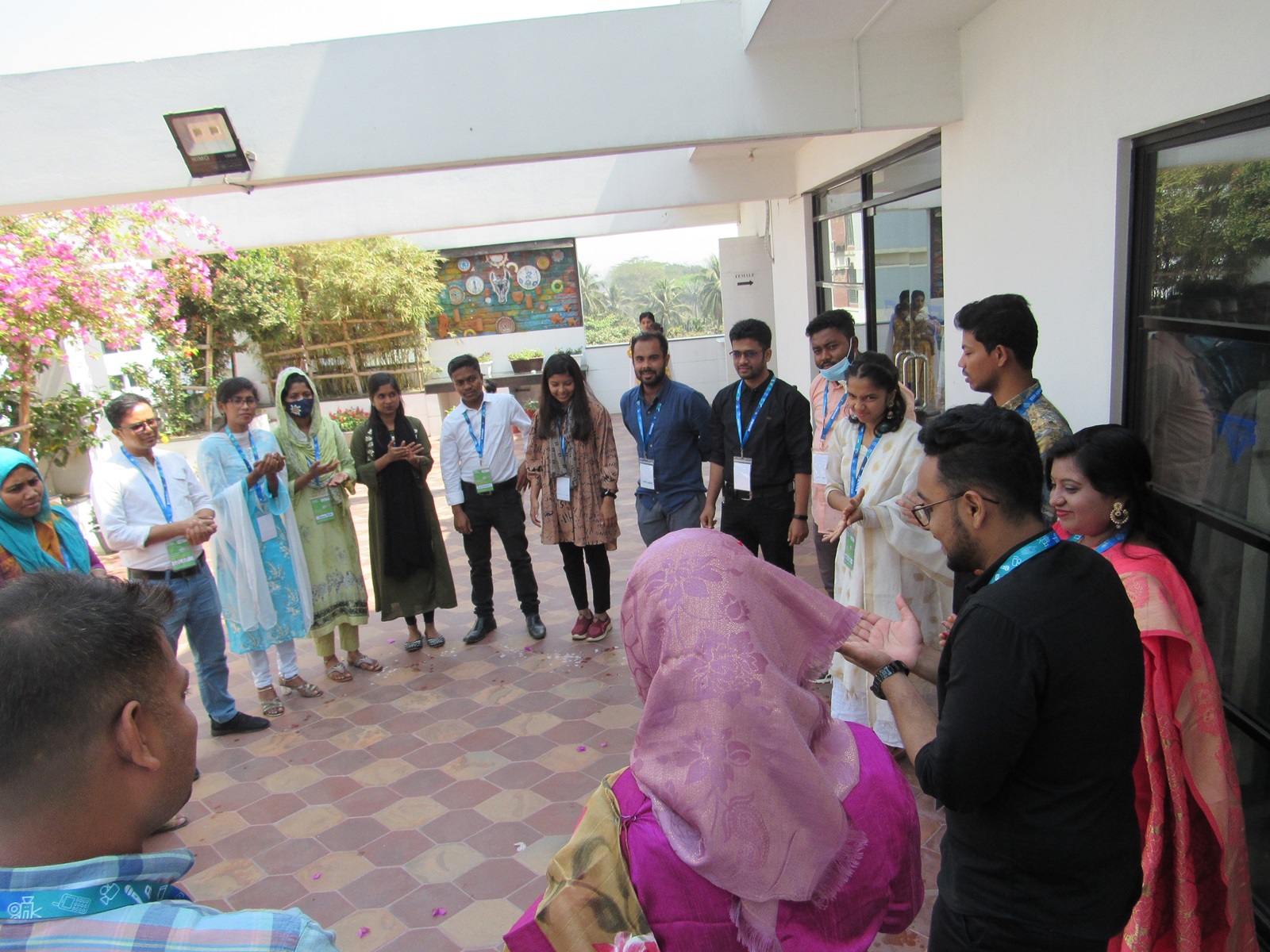22. Description:
(Please provide a short description of the project in 150 to 200 words describing the project’s objectives, results achieved, and impact generated.)
Bangladesh has historically been subjected to widespread political and communal violence caused by rumors and disinformation hindering the smooth functioning of democratic transitions. The popularity of social media and its increased accessibility to the masses has further complicated the fight against misinformation. In Bangladesh thousands of media outlets both electronic and print, misinformation poses an enormous challenge.
Every day, numerous materials with misleading information are published on social media, and these reach billions of people. Youth are the most active users of social media and messaging platforms and use these platforms as their principal source of information. BNNRC has implemented the initiative “Youth Resilient to Misinformation Building Local Engagement and Media Development” to make young people resilient to misinformation so that they can enjoy responsible and well-informed citizenship which can contribute to society and the world around them.
Under these initiatives, local young journalists and youth influencers are engaged with their communities, produce quality content, and lead others in positive local norms around civic responsibility, civic engagement, and information. These local youths at the community level can later act as key catalysts for protesting and building resistance through social media against misinformation/disinformation and indirectly literate more than 0.5 million people.
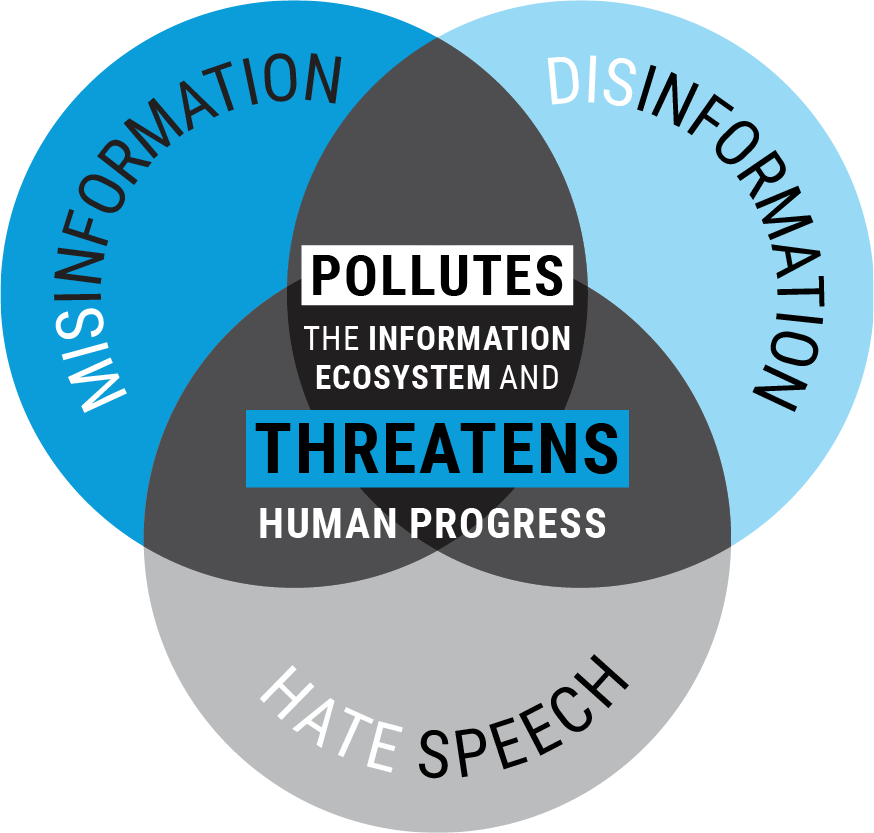 28. Target beneficiary group(s):
28. Target beneficiary group(s):
128 (50% male & 50% female) young journalists, and local youth influencers
Other target beneficiary group(s):
Family members, Facebook friends, and followers of the targeted young journalists and local youth influencers.
29. Replicability
Please describe how and where this project is replicable.
Youths are a tremendous force for positive, transformational change in the information space–they readily engage with information, innovate, and act with greater agency, visibility, and voice to transform the way people, interact with their information environment, creating resilience to misinformation and ultimately empowering youth to engage in fact-based discourse and decision-making. The activities are to be implemented to increase youth leadership skills and participation of youth and youth women in governance as youths are engaged in solidification mechanisms for refuting misinformation through social media (Facebook, YouTube) and providing further support to the stakeholders, which is replicable globally in any community.
30. Sustainability
Please describe how this project is sustainable.
Through the initiatives, 128 numbers of local youth journalists and influencers are trained on different mechanisms for countering mis-and disinformation. Besides encouraging them to the strategic use of computers, mobile phones, and social media (Facebook, YouTube, Imo, Viber, etc.) to protect their income erosion/disruption build knowledge, and education, and find unbiased, reliable, scientific, and timely information.
The program also generated community-led priorities to inform policymakers and duty-bearers to make the digital space more inclusive and safer for all. Besides, linking the social media platform will ensure that the program will have a deep, sustainable, and multiplying impact, where the indirect beneficiaries will exceed several thousand.
31. WSIS values promotion
Through this intervention, WSIS values (Action line- C3) in Bangladeshi communities are strongly adhered to and promoted extensively. This is done through access to Information and knowledge of youth and young women and encouraging the local communities to counter misinformation.
32. WSIS Action Lines:
Action Line C3 (Access to information and knowledge).
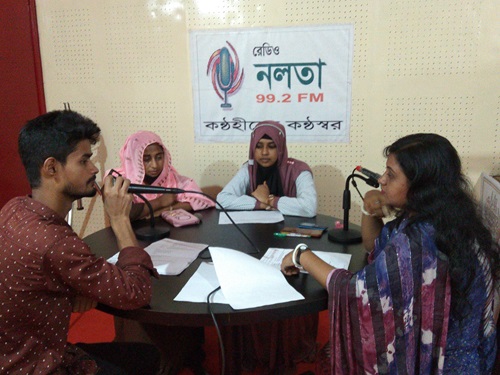
33. Sustainable Development Goals (SDGs)
How does this project promote of WSIS values in your community?
This project is linked to the SGDs in the following ways:
SDG-5. Achieve gender equality and empower all women and girls: Gender-based misinformation and hate speech seek to systematically subjugate women by silencing them and pushing them out of the public sphere, they can have devastating, consequences, from suppressing women’s voices and fueling self-censorship to causing professional and reputational damage and inciting physical violence.
SDG-10. Reduce inequality within and among countries: Mis- and disinformation and hate spread online are polarizing societies and targeting already marginalized and vulnerable communities, and can result in their further social, economic, and political exclusion.

58. Contribution to the implementations of WSIS Action Lines and the Sustainable Development Goals
Please describe how does the project contribute to the implementation of the selected WSIS Action Lines and Sustainable Development Goals.
The initiatives have addressed Action Line C3 (Access to information and knowledge). Until, the wider community, especially the youth community is not aware of Information integrity which refers to the accuracy, consistency, and reliability of information and mis- and disinformation and does not have the skill to counter them it is impossible to build a skilled, empowered, economically sound, inclusive, and peaceful society.
59. Impact
Please describe the qualitative and quantitative economic, social and environmental impact of the project.
The impacts of online mis-and disinformation and hate speech can be seen across the world, including in the areas of health, climate action, democracy and elections, gender equality, security, and humanitarian response.
In Bangladesh, social media has frequently been abused to stimulate social, religious, political, and economic conflict. Misrepresentation, deception, and harmful content have caused extensive damage and led to violence and death.
In the present context, the initiative has created optimism about the potential of social media to connect and engage people. It comprises 3 areas of youth resilient to misinformation, e-enabling, e-engaging, and e-empowering, and reduces the pollution of the information ecosystem.
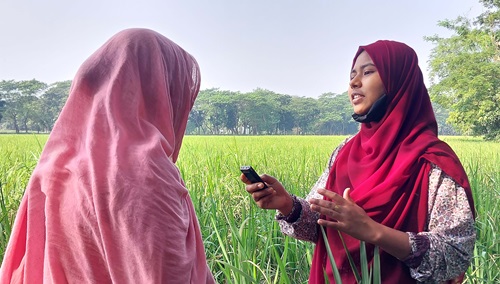 Challenges
Challenges
Please list the main challenges and the project’s future perspectives.
Threats to information integrity are not new. Falsehoods and hatred have long been spread for political or financial gain. Yet in the digital age, these operations can be conducted on a previously unthinkable scale. Powerful communication tools can now spread content instantly across the globe to the grassroots.
In the meantime, Resilient to Misinformation initiatives that teach young journalists, and local youth influencers to evaluate information sources critically, identify bias, and verify claims before sharing can contribute to developing a more discerning and engaged public. However, the youth resilient program cannot win the war against false information alone. It necessitates a comprehensive approach incorporating collaboration between government agencies, media organizations, civil society, and individual citizens, all of whom have a role in fostering a responsible information ecosystem. By collaborating, these parties can foster an atmosphere where truth and accuracy are prioritized, and the influence of false news is diminished. Managing the crisis requires promoting resilience to misinformation and reinforcing the fand. By confronting this issue head-on, Bangladesh can protect its social, cultural, and political interaction, and shield its democratic processes from the insidious effects of misinformation.
